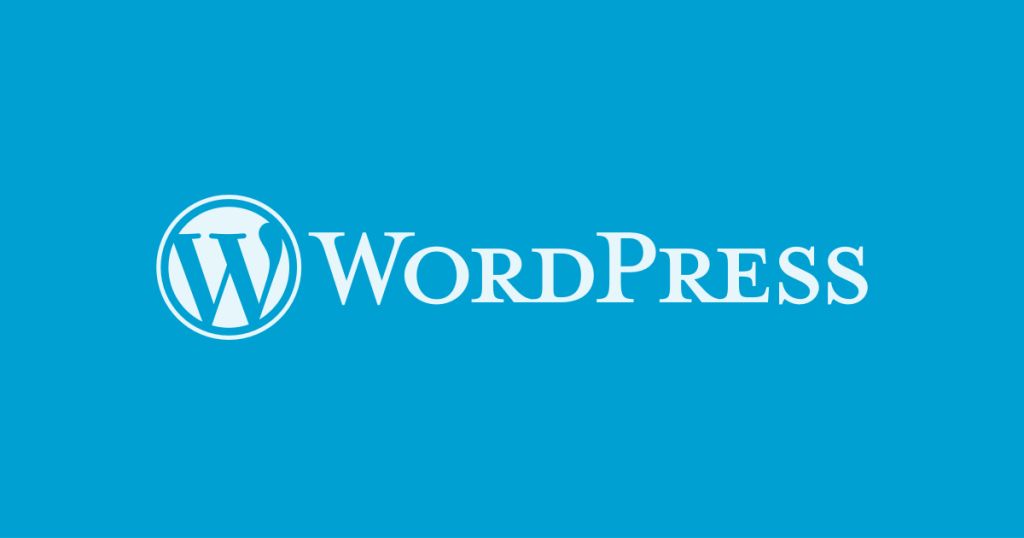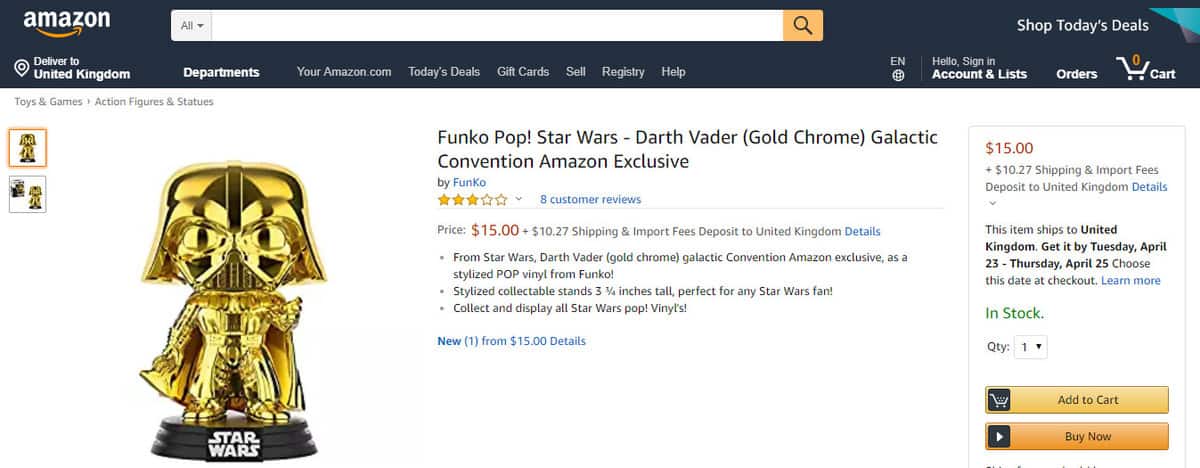This article discusses the importance of editing photo information for SEO purposes. It explains that Google relies on captions and alt tags to understand images when crawling websites. The article provides a step-by-step guide on how to edit image information in WordPress, including resizing, aligning, adding captions, alternative text, and links. It also discusses advanced options such as image title, link settings, and adding CSS classes. The article concludes by mentioning that photo editing will be discussed in a future post. Overall, the article provides valuable information on optimizing images for SEO in WordPress.
In the previous article, we discussed how to upload images and insert them into the article. Now, let’s delve into the essential parameters for editing photo information – a crucial step for SEO optimization.
Google’s search bots rely on image captions, alt text, and other information to understand the context of images you upload. Ensuring these details are optimized can enhance your content’s visibility.
Edit Photo Information
After inserting an image, click on it to reveal the quick edit toolbar.
1. Resize image: Adjust the display size without altering the actual dimensions.
2. Image margin: Align the image with text by choosing from options like Align left, Align Center, Align Right, or No alignment.
3. Edit: Access additional functions by opening the editing frame and clicking on Image Details.
Image Details
- Caption: Provide a brief description above or below the image.
- Alternative Text: Include SEO keywords in the Alt text field.
Display Settings
- Align: Choose the alignment of the image.
- Size: Modify the displayed image size.
- Link To: Specify the destination when clicking on the image, such as Media File, Attachment Page, Custom URL, or None.
Advanced Options
- Image Title: Set a title for the image that appears when hovering.
- Add Class: Assign a CSS class to the image.
- Open link in a new tab: Enable opening links in a new tab.
- Link Rel: Choose attributes like nofollow or dofollow for the link.
- Add CSS Class: Further style the image with a custom class.
- Edit Original: Access advanced editing options such as rotation, size reduction, and capacity adjustments.
- Replace: Swap the current image with a different one.
Remember to click ‘Update’ after editing to save your changes.
Epilogue
By optimizing titles, alt text, and other image details, you’re on the right track for SEO improvement. Stay tuned for our next post, where we’ll explore the exciting world of photo editing.
Series Navigation:
<< Insert Image into WordPress Post
Editing Images in WordPress



